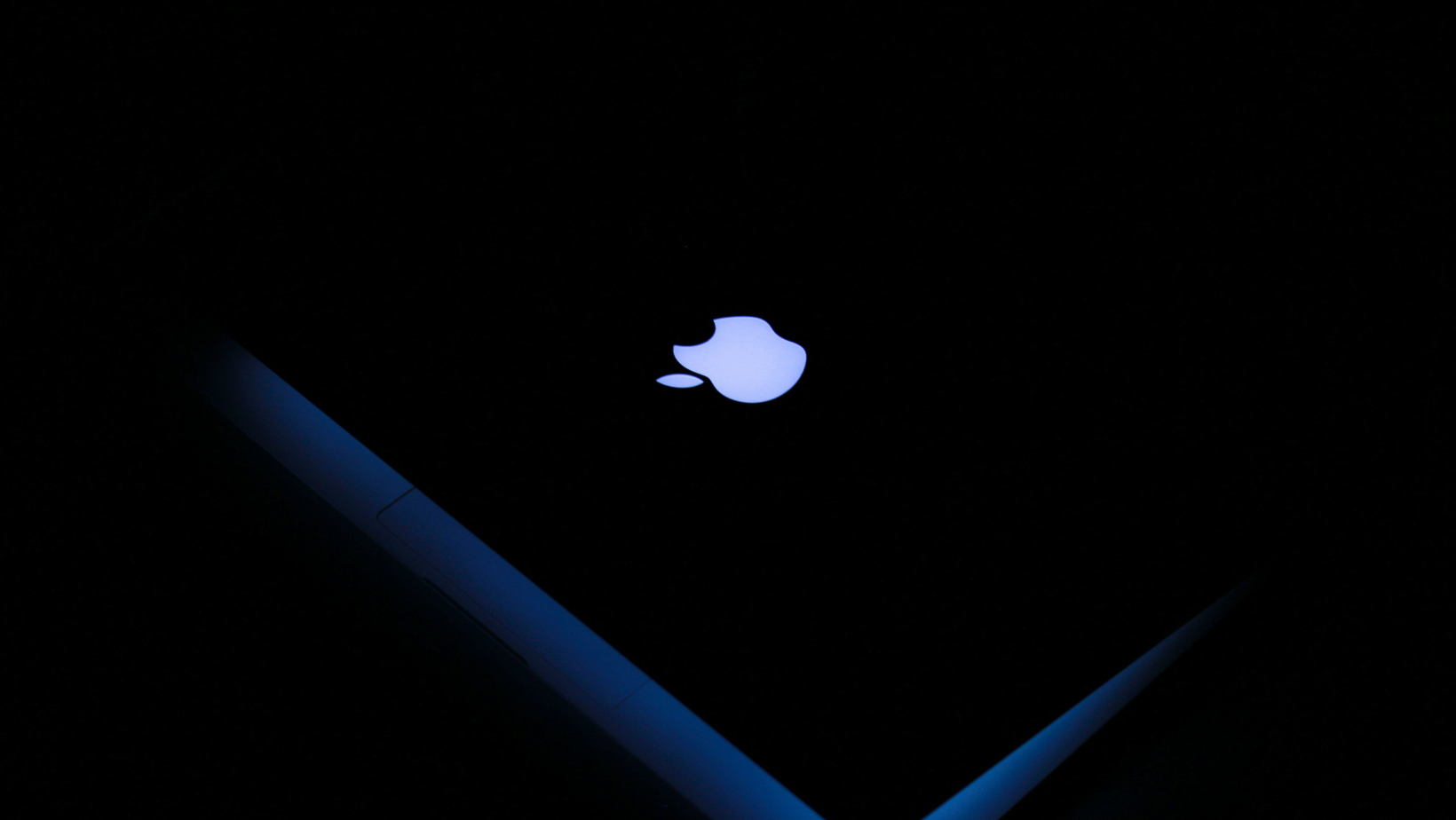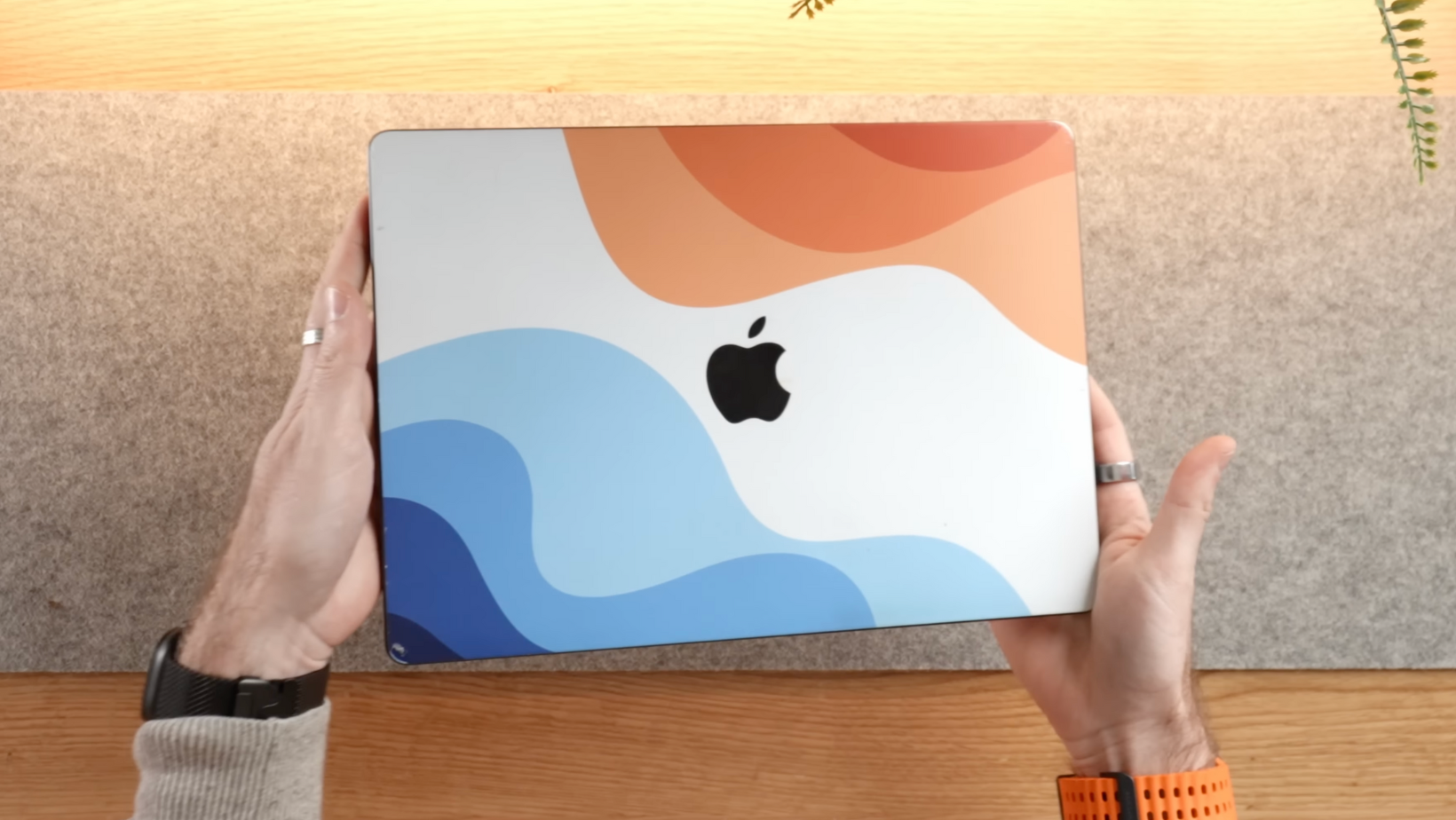It feels like I only just finished benchmarking the M3 MacBook Pro… and yet, here we are already at the M5.
Apple’s newest MacBook Pro promises the usual upgrades: faster performance, better efficiency, and a dash of AI power (thanks to Apple Intelligence).
But with prices now topping £2,000, the question isn’t just how fast it is, it’s whether any of that actually matters. Let’s break down what’s truly new, what’s just marketing hype, and whether the M5 deserves an upgrade or a pass.
Quick Recap: How We Got Here

Let’s rewind a bit, because Apple’s journey from Intel to M5 has been one of the fastest transitions in tech history.
It all started back in 2020 with the M1, a chip so efficient it made Intel laptops feel like space heaters with keyboards. The M2 followed, offering a modest bump in performance. And then came the M3, Apple’s first 3-nanometre chip, promising better GPU efficiency and a taste of the future.
And now? We’ve hit the M5, powered by a 2-nanometre process that’s supposed to be faster, smarter, and more energy-efficient than ever. Apple’s pitch this time around is all about refinement, claiming up to 20% faster CPU performance, a beefier neural engine for Apple Intelligence, and GPU improvements that finally start to justify the “Pro” in MacBook Pro.
But here’s where marketing and reality often part ways. If you’re running spreadsheets, browsing, or editing photos, you’re not going to feel the difference between an M3 and an M5. This is the kind of upgrade that matters to developers, video editors, and those of us who routinely push a Mac to its thermal limits.
What’s New in Apple’s M5 MacBook Pro

On paper, the Apple M5 MacBook Pro looks like yet another evolution of a machine that’s already pretty much perfect. But under the hood, Apple’s made some subtle (and genuinely meaningful) improvements that finally make “Pro” feel more than just a label.
Performance & Power
The M5 chip is Apple’s most efficient processor yet, built on a 2-nanometre process with up to 14 CPU cores and 24 GPU cores.
In practice, this means video exports in Final Cut finish a few minutes faster, Logic Pro sessions run with more plugins before you hit the CPU ceiling, and heavy Photoshop edits feel snappier. You won’t notice a life-changing difference for basic tasks, but pros who push their machines hard will absolutely feel the extra headroom.
Battery Life & Efficiency
Apple claims up to 22 hours of battery life, which I was a bit skeptical of until I actually used it. In real-world testing with writing, browsing, editing a few photos, and a bit of Netflix, I got roughly 18 to 20 hours consistently. That’s a full workday and then some.
Another big story here is how efficient the M5 is. Even while running multiple apps and an external display, it sips power rather than guzzles it. If you travel or work remotely, this might be the single most meaningful upgrade over the M2 and M3 models.
Display & Design
Let’s talk screen. The Liquid Retina XDR display is brighter this year, peaking around 1,600 nits in HDR and now supporting something Apple’s calling “HDR Boost.” Blacks are deeper, highlights punch harder, and colour accuracy remains unbeatable.
Physically, though? It’s still the same MacBook Pro shell we’ve had since the 2021 redesign. That’s not a bad thing, though. It’s sleek, solid, and well, looks like a MacBook.
Connectivity & Ports
Connectivity finally gets a minor but meaningful bump. The M5 MacBook Pro now supports Thunderbolt 5, allowing for faster external drive speeds and 8K monitor output. Wi-Fi 7 and Bluetooth 5.4 make wireless performance smoother, and the SD card slot has faster read/write speeds, a subtle nod to photographers and video editors.
The rest stays the same: MagSafe, HDMI, and three Thunderbolt ports. No surprises, no downgrades.
macOS & Apple Intelligence
The real wildcard this year is Apple Intelligence, which is Apple’s AI suite that’s baked into macOS Sequoia, allowing you to summarise emails, clean up notes, or even generate images in Pages and Keynote quickly.
In daily use, it’s less “look what AI can do” and more “oh, that’s handy.” It won’t write your screenplay or edit your video for you (yet), but it will smooth out the boring admin that clutters your workflow.
The Real Question: Should You Upgrade?

Now that we’ve covered what’s new, let’s get to the question that actually matters: should you upgrade? Because while Apple’s M5 MacBook Pro is objectively faster and smarter, not everyone needs that extra power.
If You’re on an Intel Mac or M1…
Stop reading and go buy the M5. The jump in performance and battery life is massive. Apps open instantly, fans barely spin up, and you’ll gain hours of battery life even under heavy workloads.
If You’re on an M2…
You’ll see gains, but they’re subtle. The M5 is faster, cooler, and has Apple Intelligence, but unless you rely on GPU-heavy workloads (like video, 3D, or machine learning), you won’t feel a day-to-day difference. Feel free to skip this upgrade guilt-free and revisit when the M6 inevitably arrives.
If You’re on an M3…
No upgrade necessary. This is the most incremental step Apple’s made since the M1 to M2 jump. The M5 edges ahead in benchmarks, but you’d need to be benchmarking for a living to notice. Keep your money, or better yet, purchase a few extras you actually need (like more storage or monitors).
If You’re a Content Creator…
This is where things get interesting. For anyone who actually pushes a MacBook to its limits, the M5’s consistency and AI integration make it a worthy upgrade. It’s faster under sustained loads, better at managing heat, and it can power through multi-layer workflows without throttling.
Can Anything Actually Compete with the M5 MacBook Pro?
I’ve used MacBooks exclusively for decades, but testing the Asus ProArt P16 recently made me rethink how far Windows laptops have come. With an AMD Ryzen AI processor, RTX 50-series graphics, and a 16-inch 120Hz OLED display, it genuinely holds its own against the M5. And for around £2,999, it massively undercuts Apple’s £5,000-plus pricing.
The ProArt’s battery life can’t touch the MacBook’s. Yes, the power brick is comically large. But performance, ports, and upgrade flexibility are miles ahead. You can swap storage, add RAM, and even run local AI tools without the subscription nonsense. macOS is still smoother and quieter, but Windows laptops like this prove that Apple’s dominance is being seriously challenged.
My Final Thoughts
The Apple M5 MacBook Pro is, hands down, the most refined laptop Apple’s ever made. But it’s also the least surprising.
If you’re upgrading from Intel or M1, this is the leap you’ve been waiting for. But if you’re sitting comfortably on an M2 or M3, save your money. You’re not missing much besides bragging rights and a few milliseconds shaved off app launches.
As for me? I’ll keep using it, mostly because I can’t stand fan noise. But will it change the way I work? Not really.


